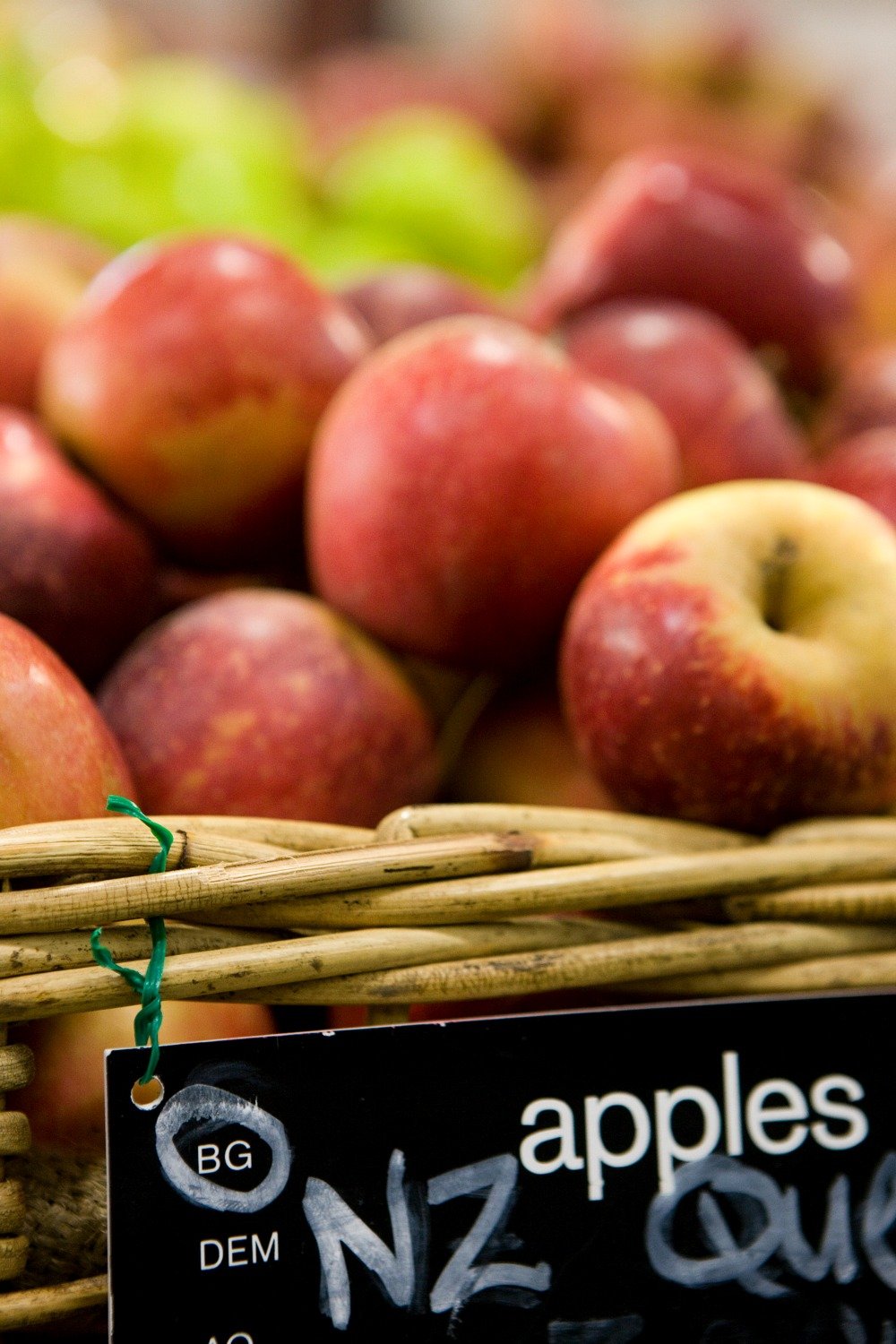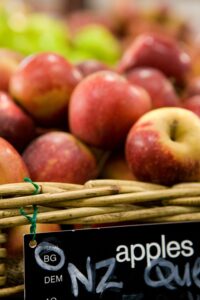Submission on Consumers’ Right to Know (Country of Origin of Food) Bill
Committee Secretariat
Primary Production
Parliament Buildings
Wellington
Introduction
- The Soil & Health Association of New Zealand Inc. (“Soil & Health”) welcomes the opportunity to comment on the Consumers’ Right to Know (Country of Origin of Food) Bill (“Bill”).
- Soil & Health was incorporated under the Incorporated Societies Act 1908 on 4 December 1942. Soil & Health’s objectives broadly include soil health and the promotion of organic gardening and farming. Its membership is chiefly composed of home gardeners and consumers, organic farmers and growers, secondary producers, retailers and restaurateurs. Its age and membership make it the oldest and largest representative organic organisation in New Zealand.
- Soil & Health believe in the right of people to be able to access safe and nutritious food, grow diverse and nutritious food, and equip themselves with the resources and knowledge needed to sustain themselves and their communities.
- We are committed to advocating for clear and honest food labelling in Aotearoa New Zealand. We believe that transparent food labelling is fundamental in allowing people to make informed choices. Soil & Health therefore strongly supports the changes in the bill that support country of origin food labelling in New Zealand.
- We believe in the right of people to equip themselves with the knowledge to make informed food choices. This is only achievable through clear and transparent food labelling.
Detailed submission
- We believe that everyone has a right to safe and nutritious food that is grown in a way that enhances the environment. This covers the right to have food free from microbial contamination, harmful organisms, pesticides, harmful chemicals and heavy metal contaminants, harmful additives, irradiation and genetic engineering.
- There is a growing awareness in society of how food determines health, and people are now demanding to know what is in their food and how it is grown. However the right to know exactly what we are eating is often taken away and even routinely denied to us. Many consumers assume, in the absence of country of origin labelling, that traditional foods such as meat, fruit, fish, and vegetables are produced in New Zealand. As more and more food is imported into New Zealand, accurate and consistent country of origin labelling is even more important for consumers.
- While growing our own food or buying local and organic food remain the best ways to ensure that we know what we are eating and how it is grown, we must also know what has been sprayed onto crops and soil, added to foods, and used in the processing of the food we purchase. We consider that mandatory country of origin labelling is a step towards allowing people to do this.
- Under the Fair Trading Act, any claims about a product’s origin must not be misleading or deceptive. If a product claims to be a “Product of New Zealand”, the essential character of the food must be created in New Zealand. The phrase “Made in New Zealand from local and/or imported ingredients” however gives no guarantees about the product’s origin. Packaged food must have contact details for distributors or manufacturers but, with the exception of wine, country of origin labelling is only voluntary in New Zealand.
- All of New Zealand’s major trading partner countries however have country of origin labelling including Australia, the US, the UK, countries in Europe and many Asian countries.
- Statistics show that the majority of New Zealand consumers want country of original labelling required by law. In the Consumer NZ and Horticulture NZ Survey conducted earlier this year:
- 70% of the respondents want to buy fresh fruit and vegetables
- 72% of the respondents want to know where their fresh fruit and vegetables come from.
- 71% of the respondents want country of origin labelling required by law for fresh fruit and vegetables.
- 65% of the respondents said they looked for country of origin labelling when they went shopping.
- Only 9% of respondents didn’t support mandatory labelling.
- The survey also showed the existing voluntary approach to labelling isn’t giving consumers the facts they need to make informed choices.
- There are many reasons why consumers want to know which country their food comes from, and why consumers may wish to avoid consuming foods from certain countries.
- Some consumers simply want to support local producers and the local economy. Some are concerned about the environmental and other costs of transporting food long distances. Some are concerned about the adequacy of food safety standards in some countries we import food from. Others want to support countries with fairer working conditions. Employment conditions vary between countries and support for different countries can play into people’s food purchasing decisions.
- Some consumers make food purchasing decisions based on health choices. There is a growing demand world-wide for grass-fed beef due to its high omega 3 value and we know that beef products coming from the United States are likely to be from grain-fed beef, which consumers might want to avoid.
- Some are concerned about the use of post-harvest fumigation and other treatments such as irradiation on imported produce. It has been clearly established that irradiation does severe damage to most vitamins in food. There are also large areas of scientific uncertainty regarding chemicals that could be created by irradiation and the long term effects of these on humans. Irradiated foods however, especially from Australia, are becoming more common as other measures to prevent the risk of Queensland fruit fly coming in through fruit and vegetables have been stopped. Australian tomatoes, courgettes, capsicums, papayas, mangos, lychees, melons and more are likely to be irradiated. Consumers might therefore avoid purchasing fresh fruits and vegetables from Australia to avoid irradiation contamination.
- Genetically engineered (“GE”) foods are also relevant for country of origin labelling. This is because just 10 countries account for almost all (98%) of the GE hectares around the world. For example 95% of canola grown in Canada is GE. Consumers may choose not to purchase canola oil from Canada knowing that it will most likely contain GE canola. Consumers need to be able to differentiate.
- Some consumers are concerned about the potential residues of pesticides and other contaminants in imported foods. We know that there will be different residue contaminants from different countries. For example tinned stoned fruit from China is more likely to contain greater levels of pesticide residues than tinned stoned fruit from New Zealand. GE foods usually have high levels of pesticides in them. Some people have chemical sensitivities. Consumers need to be able to make that distinction for their health, and the health of their families and others.
Conclusion
- It is clear from the Consumer NZ and Horticulture NZ survey that there is widespread support across New Zealand for country of origin labelling. People simply want to know where their food is grown.
- Soil & Health supports the requirement that all single-origin food products, including packaged and unpackaged, display their country of origin on the label to allow people to make informed choices without being misled.
- Soil & Health further considers that packaged fresh ingredient mixes should also be required to be labelled, identifying the origin of the fresh fruit and vegetables in the package.
- Soil & Health wish to be in heard in support of our submission.
Yours sincerely
Name: Mischa Davis
Position: Policy Advisor
The Soil & Health Association
PO Box 340002
Birkenhead
Auckland 0746
Phone: 06 8775534
Mobile: 0212667754
Email: advocacy@organicnz.org.nz
Website: www.organicnz.org.nz





